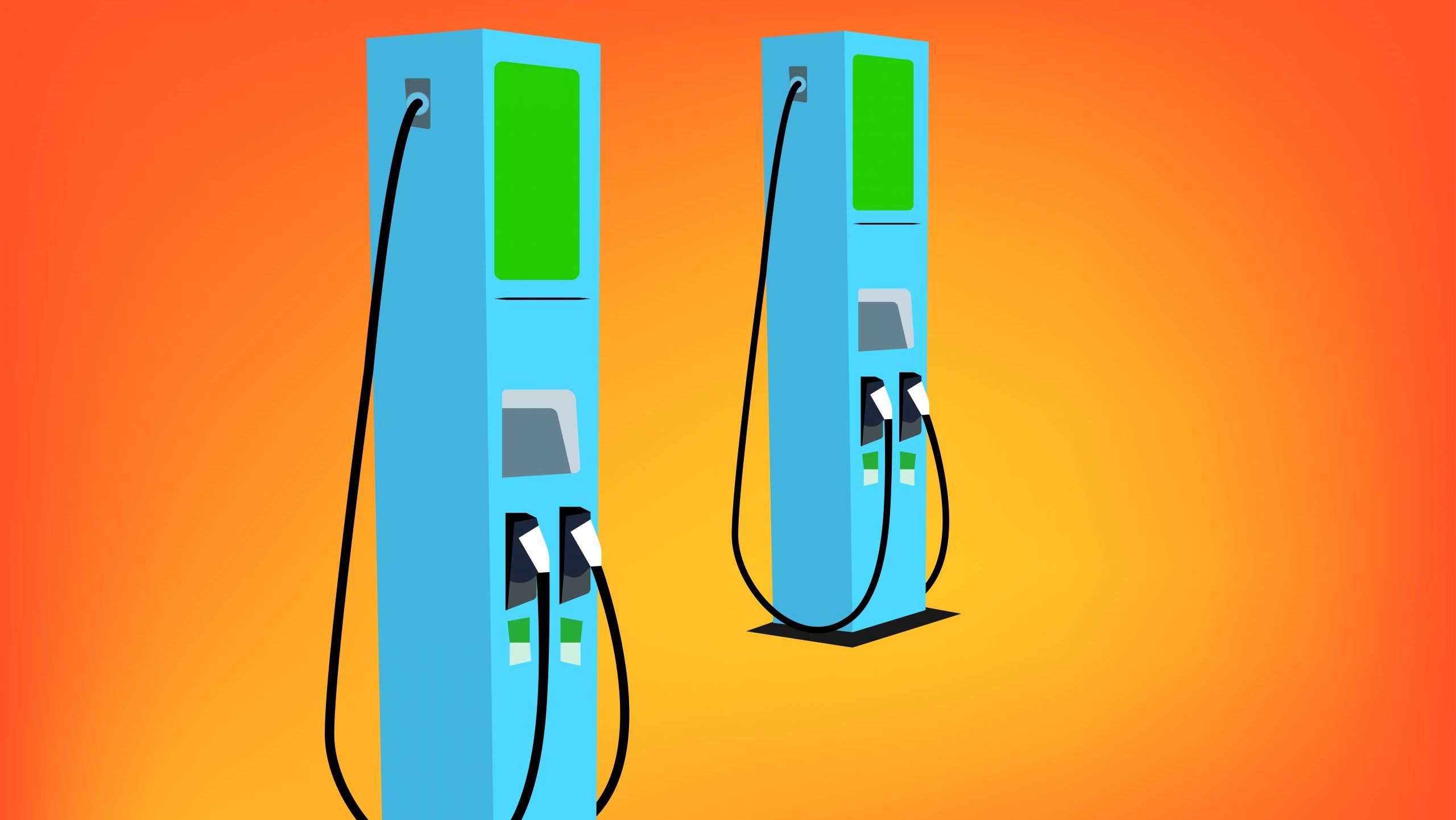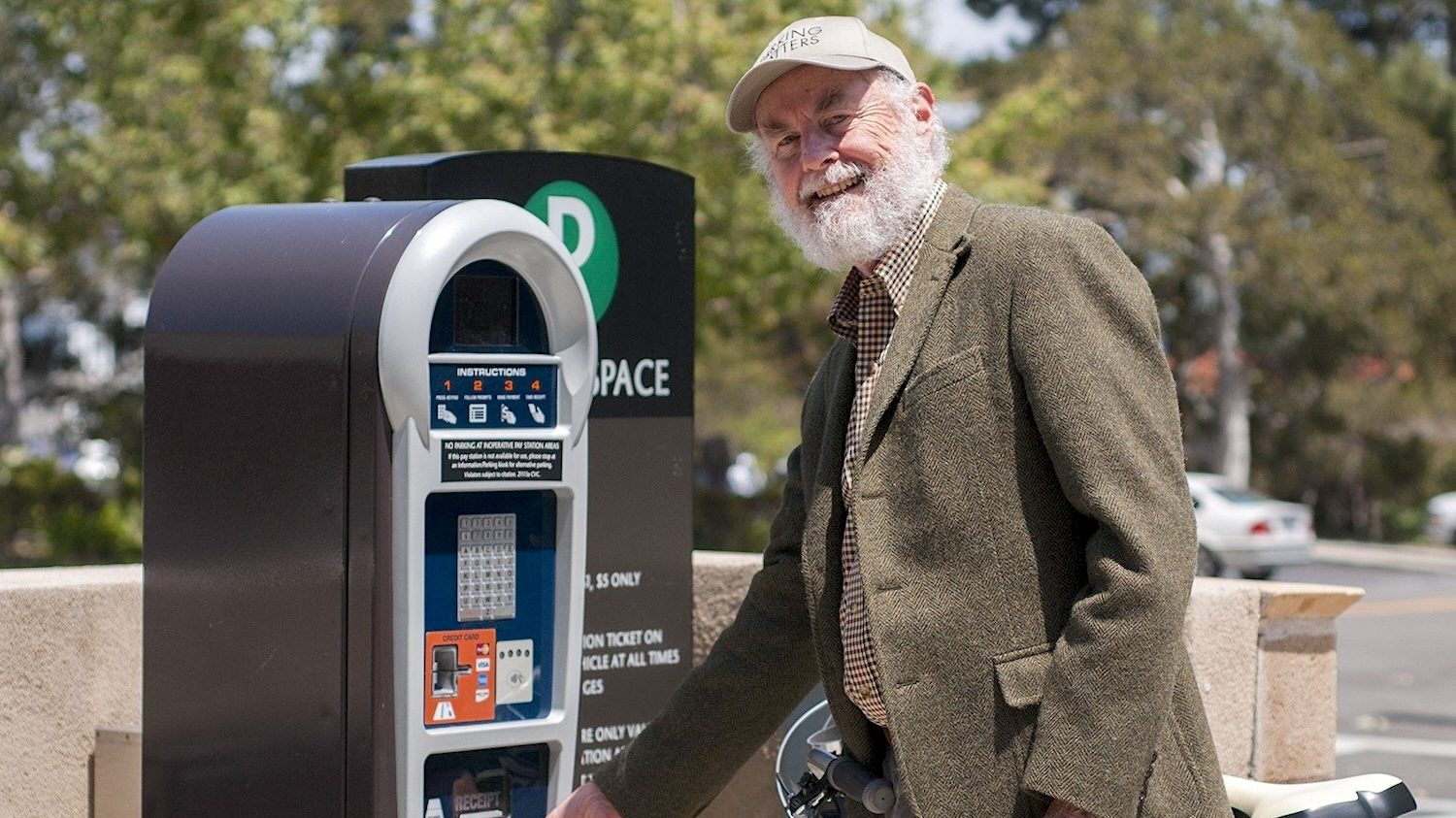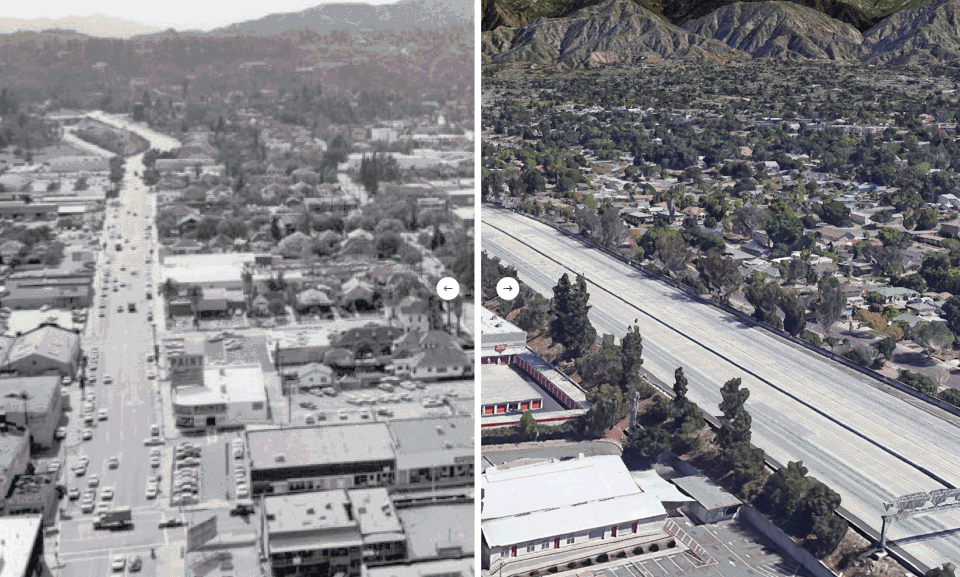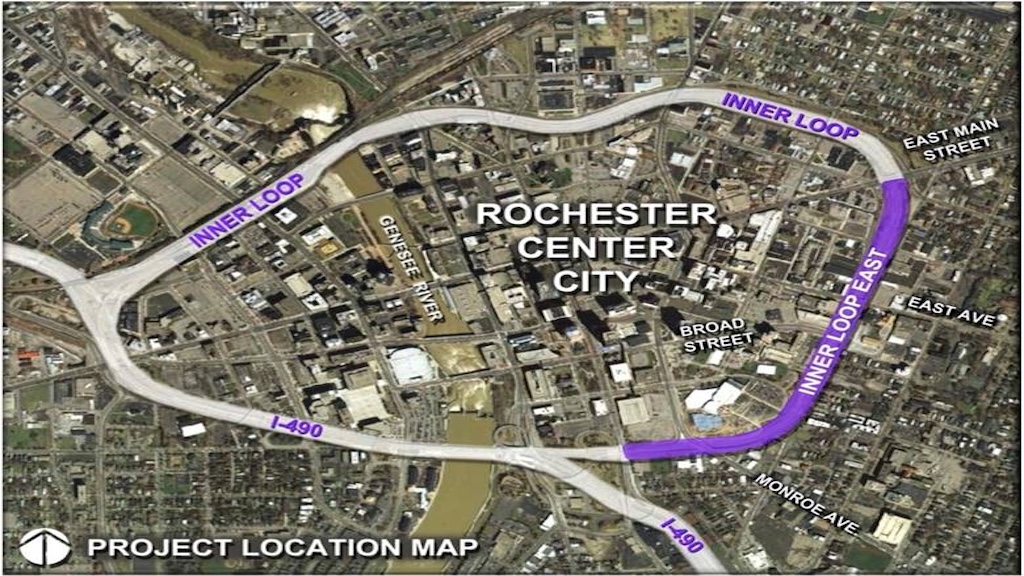New technologies require new norms
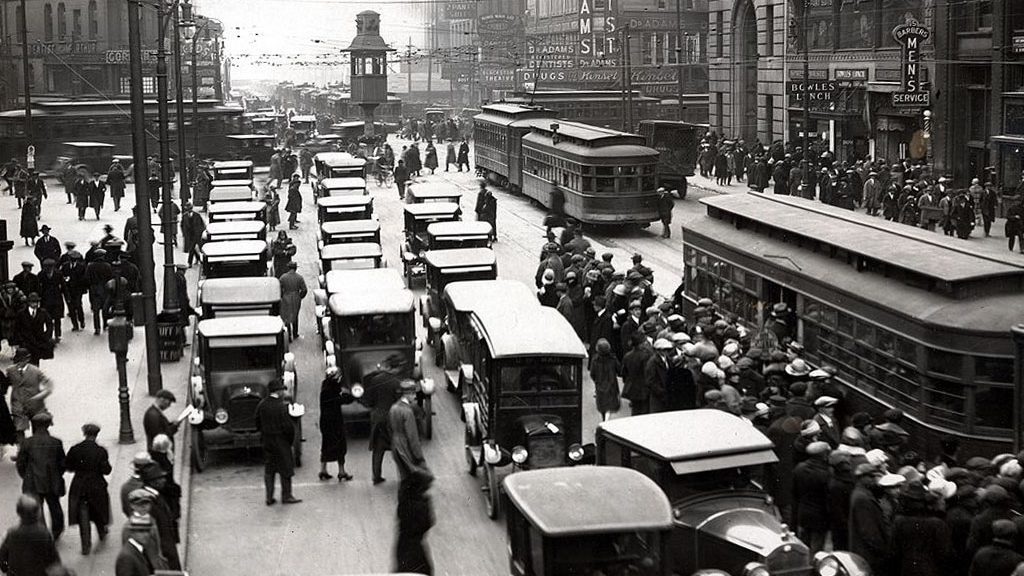
New transportation technologies have always resulted in growing pains. At this year’s Arrowhead Symposium, UCLA Professor Emeritus Martin Wachs highlighted tensions with new technologies over time. In the late 19th Century, for example, public officials condemned the mobility craze of the time: the safety bicycle. The press lamented those early adopters “who delight to whirl around corners without warning and sweep down upon the unwary on a crossing.”
And when dockless, horseless carriage technology was first introduced in American cities in the early 20th Century, there were no special parking spaces or dedicated travel lanes. Their fast speeds (upwards of 20 MPH) proved frightening and dangerous, and many viewed the new technology as a menace, “tearing along the street at a lively rate.” Sound familiar?
Early adopters carelessly parked their devices in the street, cluttering the public right of way and causing inconveniences for pedestrians. Local governments watched helplessly as the new technology was adopted at exponential rates over the course of a decade – first a few thousand users, then a few million. Traffic injuries and fatalities skyrocketed.
Though initially met with mixed reactions, this new technology was ultimately embraced by the masses quickly, but it took decades of regulating and educating automobile drivers to establish norms and improve safety. Cities gradually dedicated space to car travel and parking, and driver education and licensing procedures were refined to better address safety and instill operating norms. To this day, we’re still looking at ways to improve driver safety and education.
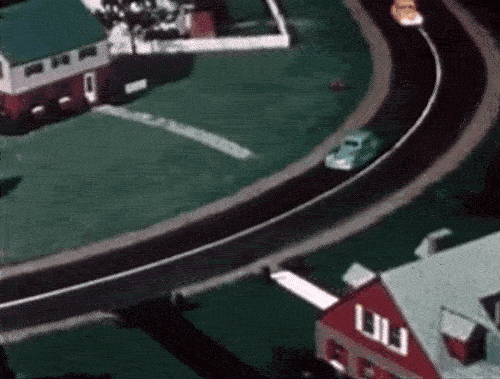
An early driver’s education video reinforces an emerging norm: stay in your lane!
A century after cars first flooded American cities, we’re seeing another wave of new technologies taking over our streets: dockless devices like e-scooters and bikes. With them come many of the same headaches and backlash that urban dwellers experienced with the rise of the car.
But if so many Americans were able to quickly accept the pesky car as part of their everyday lives, the problem with dockless scooters and bikes may not necessarily be the devices themselves. Rather, the backlash we see today may stem from a more fundamental confusion over the norms and expectations of travelers using these new technologies.
Take parking, for example. After decades of integrating the car into American life, we expect a certain amount of street space to be dedicated to parking. And, we know not to park in the middle of the street because it’s inconvenient and unsafe for our fellow travelers. The expectations and norms for dockless scooters and bikes, however, are still solidifying.
Cities haven’t quite figured out how to deal with parking and sidewalk clutter, and riders may be unaware about how certain behaviors are inconvenient and unsafe to those around them. Providing safe infrastructure for these new technologies will help address these concerns, but will only go so far: we need to establish new norms. One way to establish norms is through education.
E-mobility companies provide guidelines for riding and parking their devices through their user agreements and apps, and other organizations are getting involved in educating riders. UCLA’s transportation department has embarked on a campaign to educate the university community on scooter regulations. Through posters and emails, the department informs students and staff of the rules of the road. For example, the same dismount zone that applies to bikes and skateboards also applies to scooters.
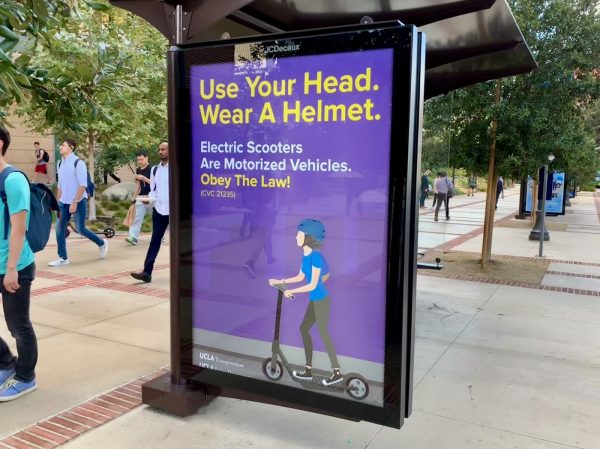
An educational poster on scooter regulations at a UCLA bus stop
Cities are looking at educating their residents on new norms, too. The transportation agencies for Portland and Oakland have both used social media to pass along tips on being a safe and respectful scooter rider. Other cities across the country are following suit.

An educational flyer on e-scooter regulations from the Portland Bureau of Transportation
E-Scooter Pro Tip #2: Don't ride on sidewalks. #scootersafely #oakland pic.twitter.com/ImAFjwYhYp
— OakDOT (@OakDOT) September 19, 2018
Of course, establishing norms and expectations does not replace the need for safe infrastructure for all road users. The introduction of these new technologies raises existential questions about the allocation of space in the public right of way. Who should our streets be designed for? What should our streets be designed for?
There are big questions that remain to be answered. But, for now, the sooner companies and cities educate dockless scooter and bike riders on the rules of the road, the sooner we can address some of the more annoying aspects of these new technologies. We saw growing pains with the introduction of cars in our cities give way to a new era of mobility, and there’s no reason to suspect this time around is any different.
